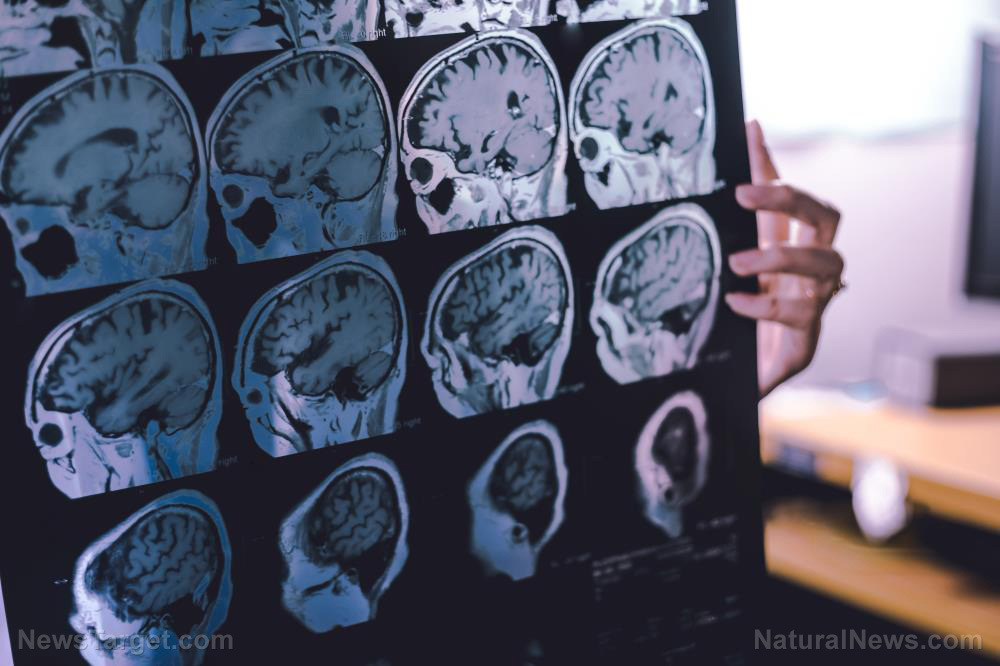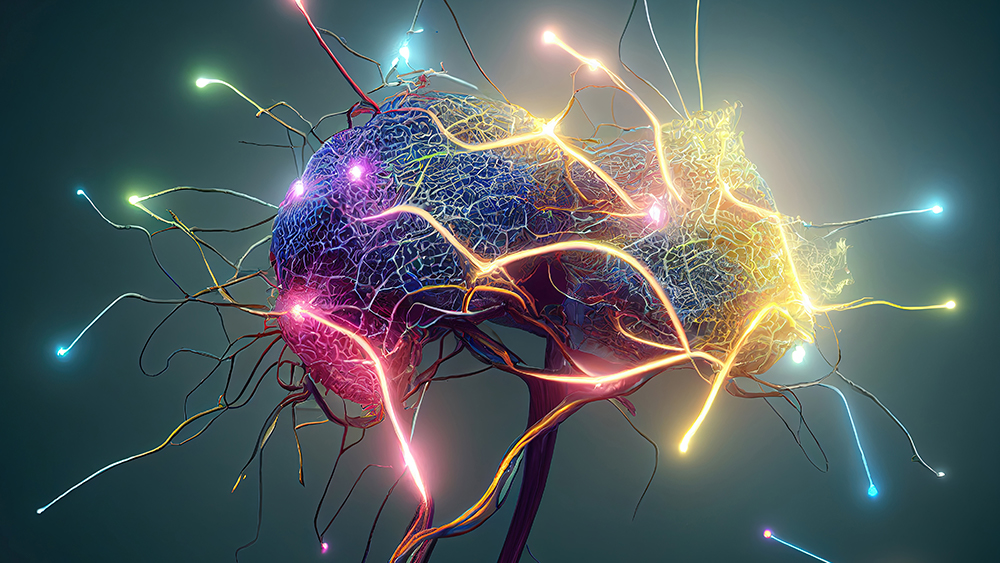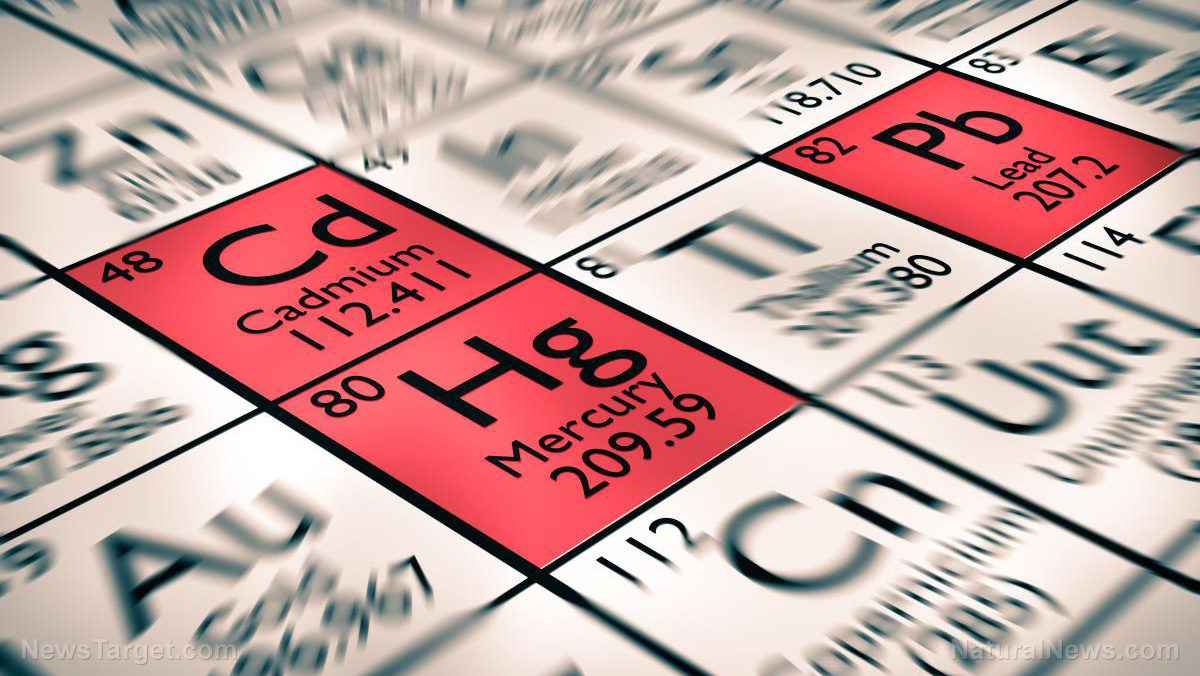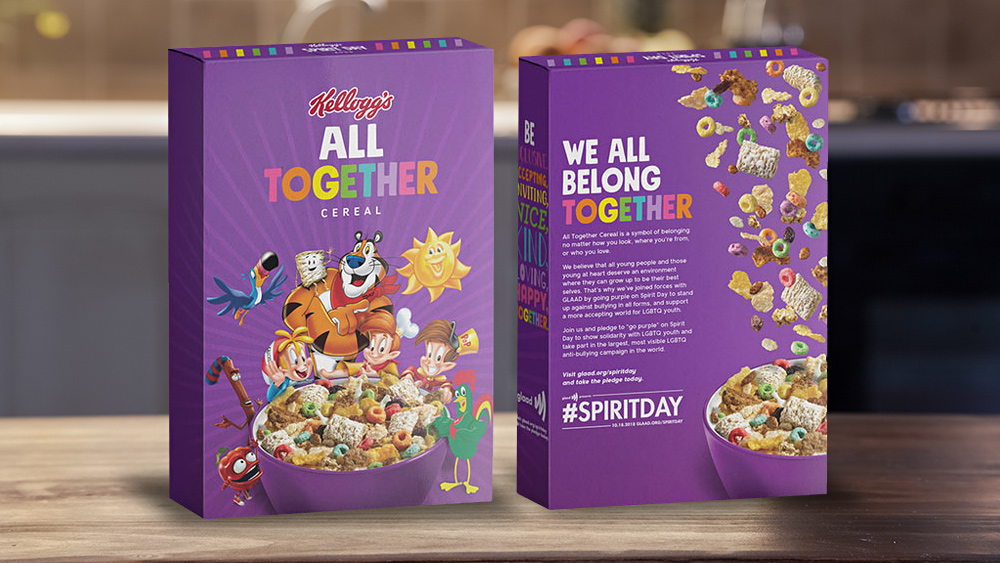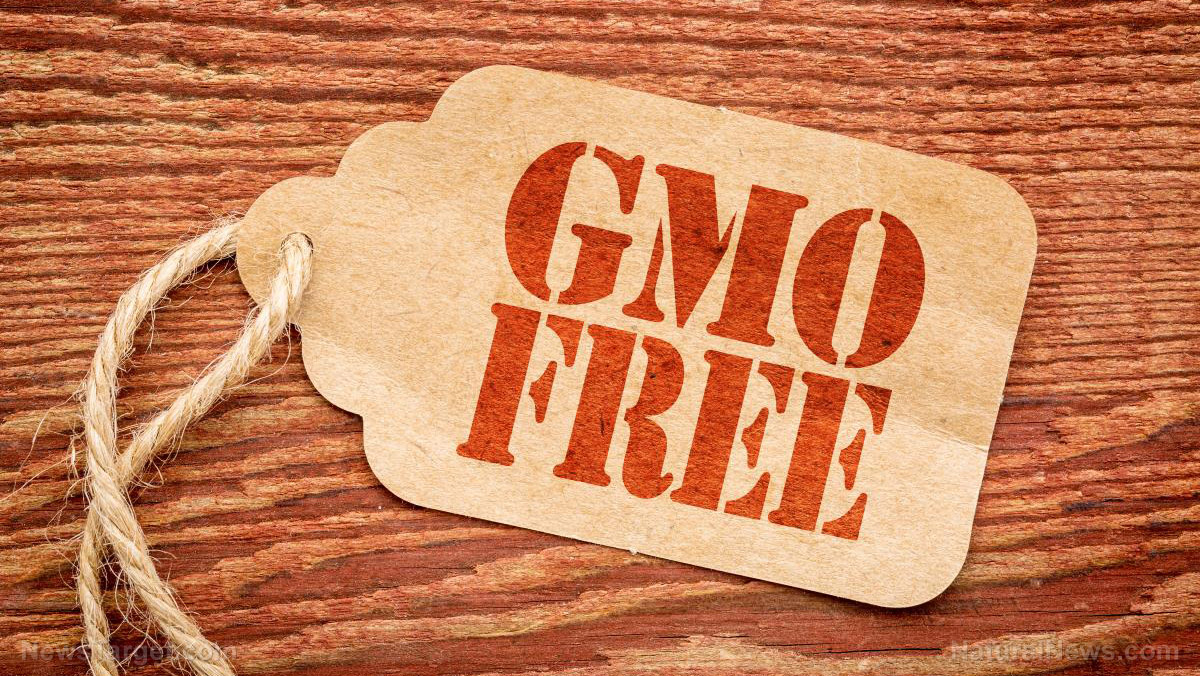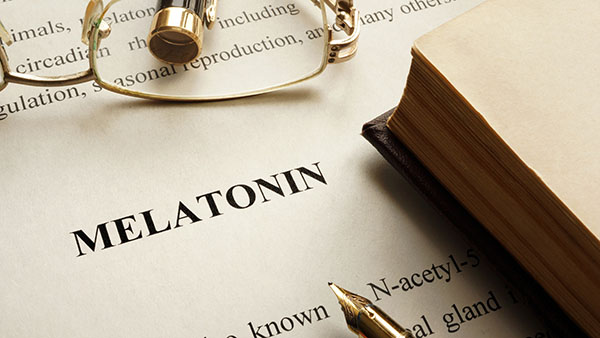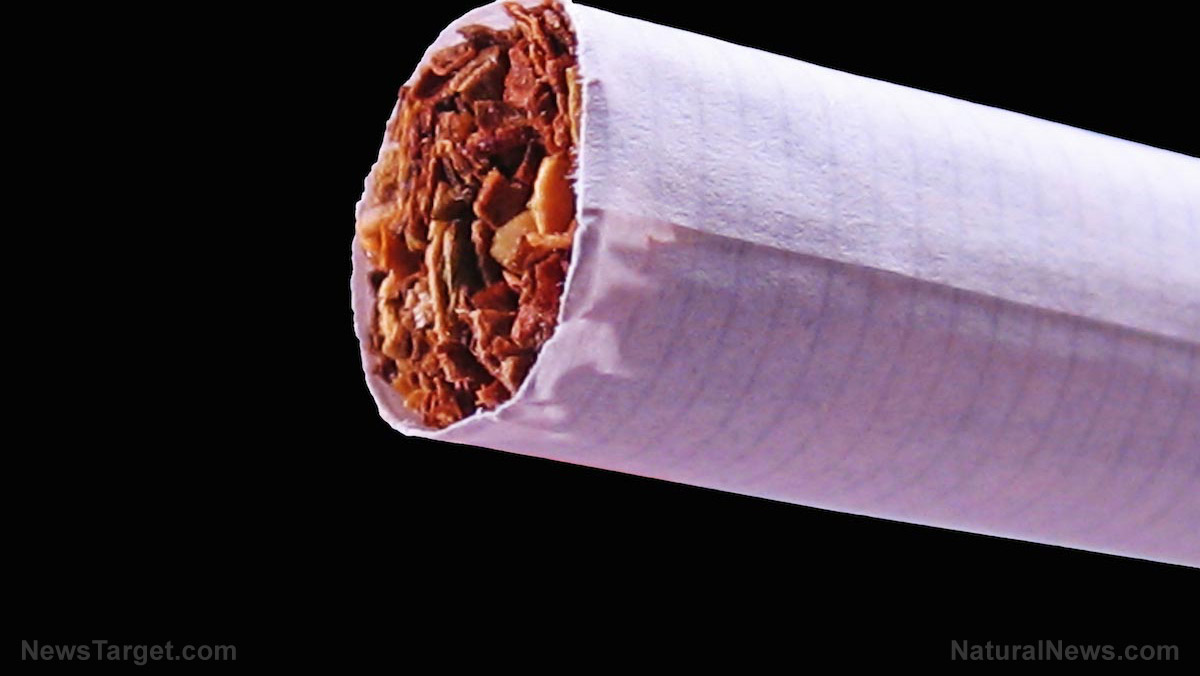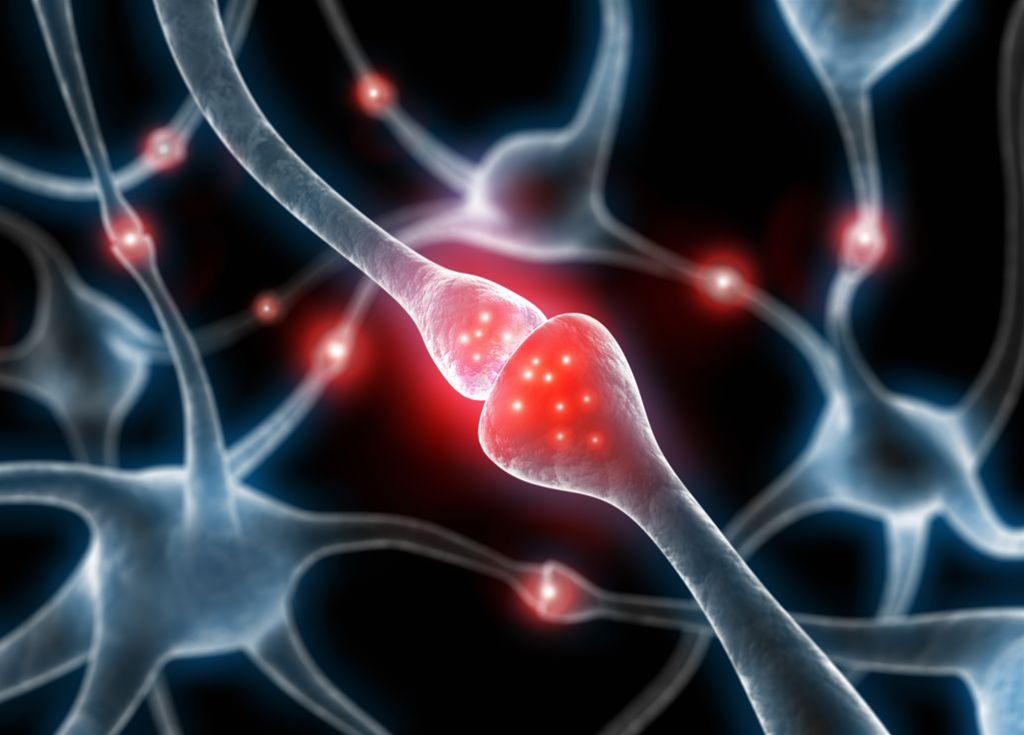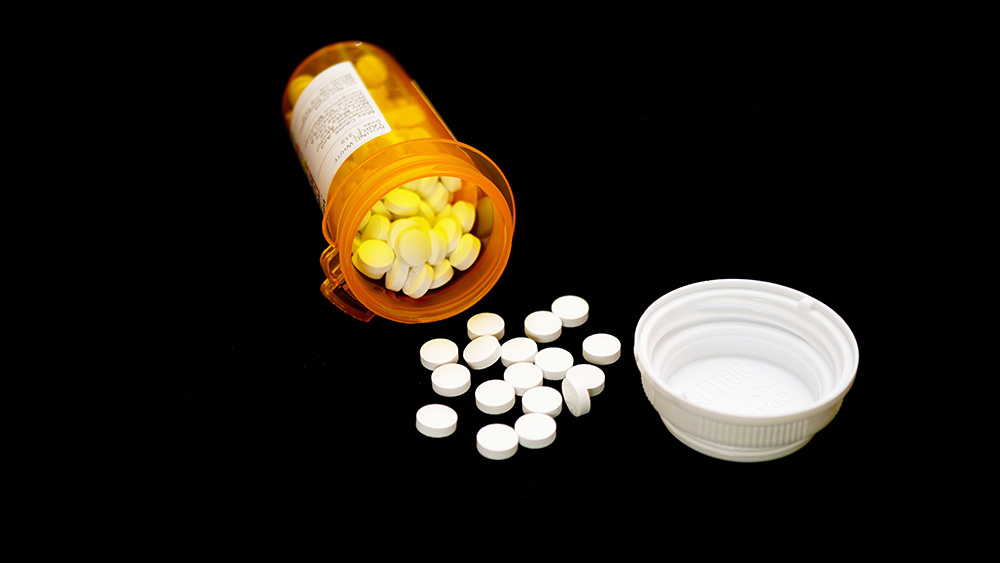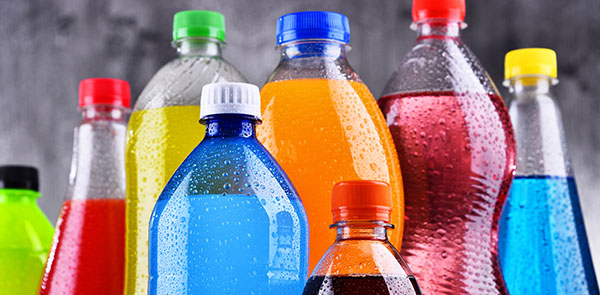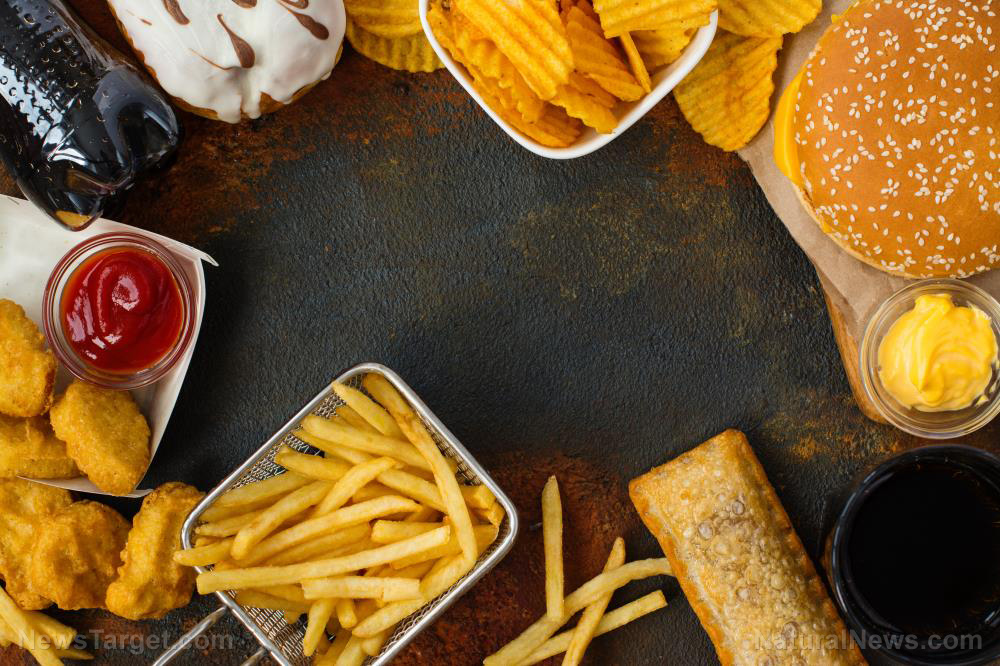Experts warn: Eating MOLDY food could be more dangerous than you think
11/09/2025 / By Patrick Lewis
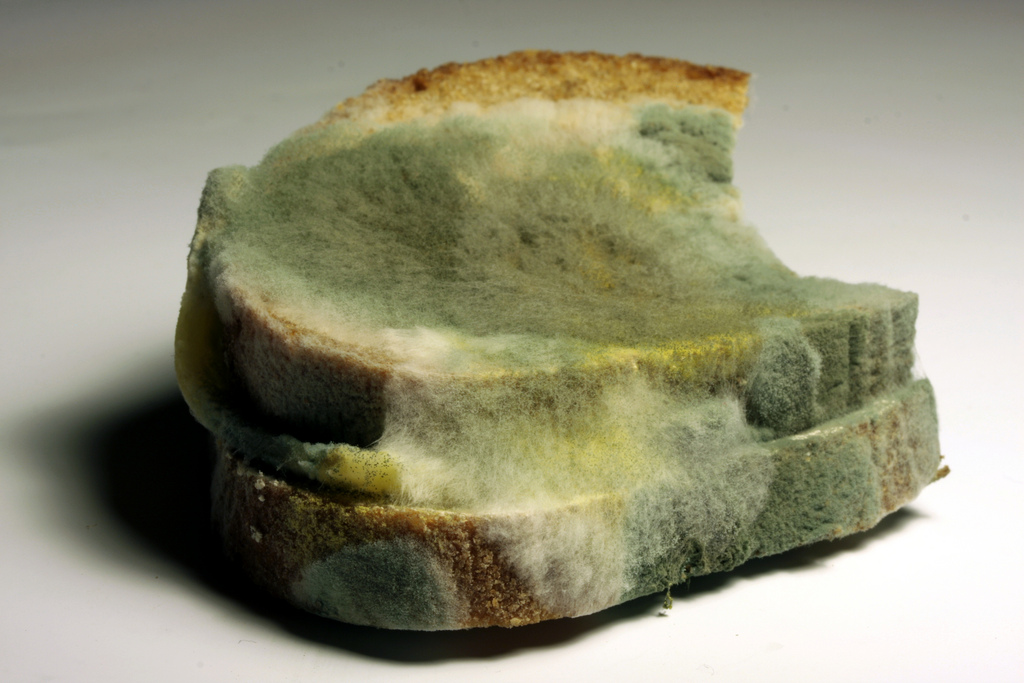
- Eating moldy food can be dangerous, exposing the body to hidden toxins and bacteria that cause anything from mild food poisoning to liver cancer, according to toxicologist Dr. Brad Reisfeld.
- Spoiled meat is especially risky as bacteria like E. coli, Salmonella and Clostridium botulinum can contaminate it even before visible signs of decay appear – potentially causing paralysis or death.
- Moldy fruits may contain mycotoxins, harmful chemicals produced by fungi such as Penicillium expansum that can damage DNA, organs and the immune system; soft fruits should always be discarded.
- Grains, nuts and bread can harbor aflatoxins, potent cancer-causing compounds from fungi like Aspergillus flavus. Because mold spreads invisibly through porous foods, these should never be eaten once contaminated.
- Some cheeses are made with safe molds, but uninvited mold growth can release nerve-damaging toxins. Soft cheeses should be discarded, while hard cheeses may be trimmed safely if handled carefully.
It’s a dilemma most of us have faced – reaching into the fridge or cupboard for a snack only to find that it’s speckled with blue, white or gray mold. The question arises: Can you simply cut off the moldy bit and eat the rest, or does it belong straight in the bin?
According to toxicology experts, the answer depends on the food. But often, it’s safer not to take the risk. While there are no official guidelines on what’s acceptable to salvage, toxicology professor Dr. Brad Reisfeld warns that eating moldy food can expose the body to harmful toxins and bacteria far more serious than a simple upset stomach.
“Consuming spoiled food exposes you to microbial toxins and biochemical by-products that can cause anything from mild food poisoning to liver cancer,” he said. Cutting around the mold, he added, may not protect you – because many toxins spread beyond what the eye can see.
When it comes to meat, experts agree: If in doubt, throw it out. Spoiled meat may appear slimy or discolored, but dangerous bacteria such as Salmonella, Escherichia coli, Campylobacter jejuni and Clostridium botulinum can be present even before any visible or olfactory signs of rot appear.
These bacteria produce toxins that can cause severe gastrointestinal illness, paralysis or even death. “If a piece of meat – cooked or raw – shows any signs of spoilage, or has simply been sitting in the fridge too long, don’t risk it,” says Reisfeld.
Moldy fruit may look harmless, but beneath that fuzzy layer lurks a more dangerous threat. As fruits bruise, overripen or sit in damp conditions, fungi can grow and produce mycotoxins – toxic compounds that can cause flu-like symptoms, organ damage or cancer.
Blue mold (Penicillium expansum) commonly infects apples, pears, cherries and peaches, releasing a toxin called patulin – which can harm DNA and major organs. While Reisfeld admits he sometimes cuts away mold on hard fruits, he cautions against doing so with softer ones. “Molds can send microscopic roots, called hyphae, deep into the food, even into areas that appear unaffected,” he warns.
Why cutting off the bad spot isn’t enough
Bread may seem easy to salvage – just tear off the moldy corner – but doing so risks exposure to aflatoxins, potent cancer-causing compounds produced by fungi like Aspergillus flavus and A. parasiticus. These toxins bind to DNA, increasing the risk of liver cancer.
Bread’s porous texture makes it particularly unsafe since mold spores can spread far beyond what’s visible. Other fungi, such as Fusarium on grains like wheat and barley, produce toxins that irritate the digestive system and disrupt cell membranes. “If grains or nuts look moldy, discolored or shrivelled – or smell unusual – it’s best to err on the side of caution,” warns Reisfeld.
Not all mold in cheese is bad: Varieties like Roquefort, Stilton, Brie and Camembert rely on specific fungi for their distinct flavors and textures. However, uninvited mold growth – especially fuzzy or oddly colored patches – is a different story. Species like Aspergillus or Penicillium commune can produce cyclopiazonic acid, a toxin that interferes with nerve and muscle function and may cause tremors or neurological symptoms.
Reisfeld advises discarding soft cheeses like ricotta, cream cheese and cottage cheese at the first sign of mold. For hard cheeses such as cheddar or Swiss, it’s generally safe to cut at least one inch around the moldy spot – ensuring the knife doesn’t touch the contaminated area.
According to BrightU.AI’s Enoch, to avoid eating moldy food, always inspect food before consuming, especially fruits and vegetables. Discard any food with visible mold, as it can harbor harmful mycotoxins. Store food properly, maintaining optimal temperature and humidity levels to hinder mold growth.
Watch this video explaining what happens when people ingest moldy food.
This video is from the Daily Videos channel on Brighteon.com.
Sources include:
Submit a correction >>
Tagged Under:
clean food watch, Dangerous, food handling safety, food safety, foodborne illness, infections, mold, moldy food, pathogens, poison, stop eating poison, toxins
This article may contain statements that reflect the opinion of the author
RECENT NEWS & ARTICLES
COPYRIGHT © 2017 POISON NEWS


